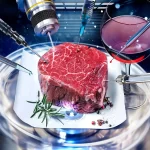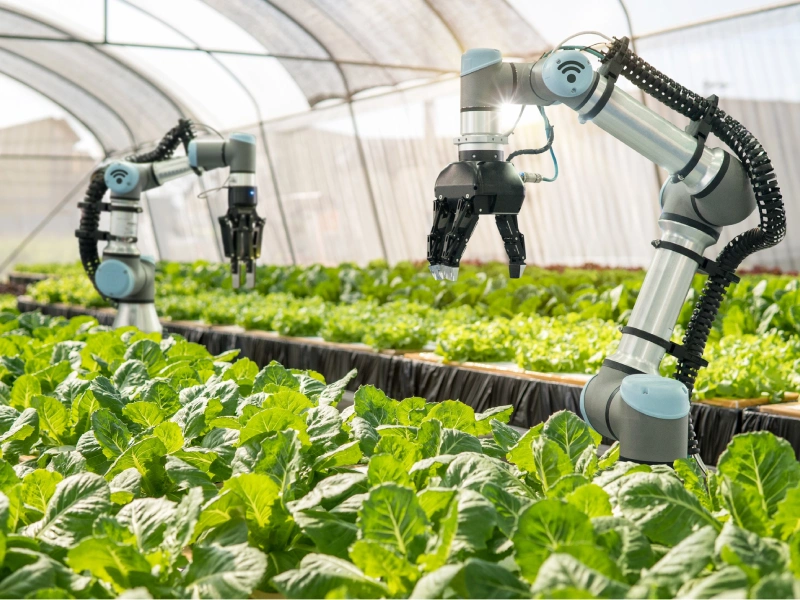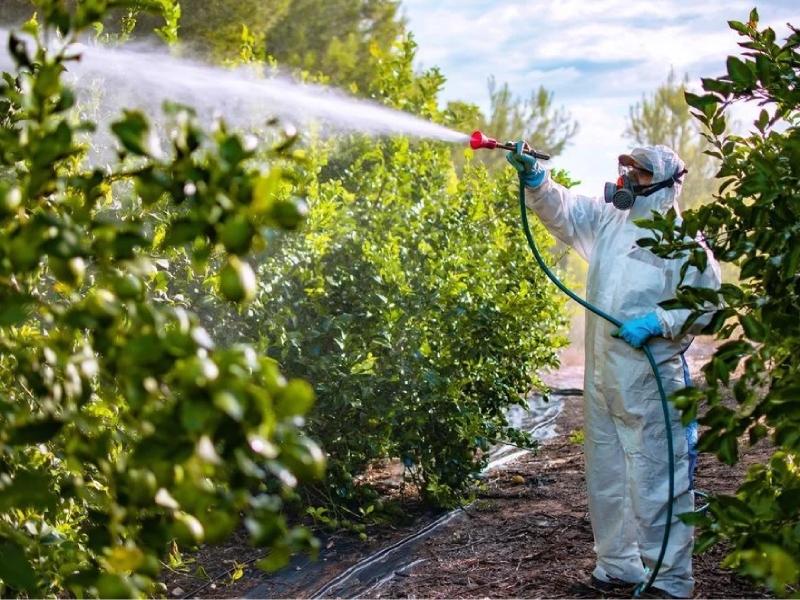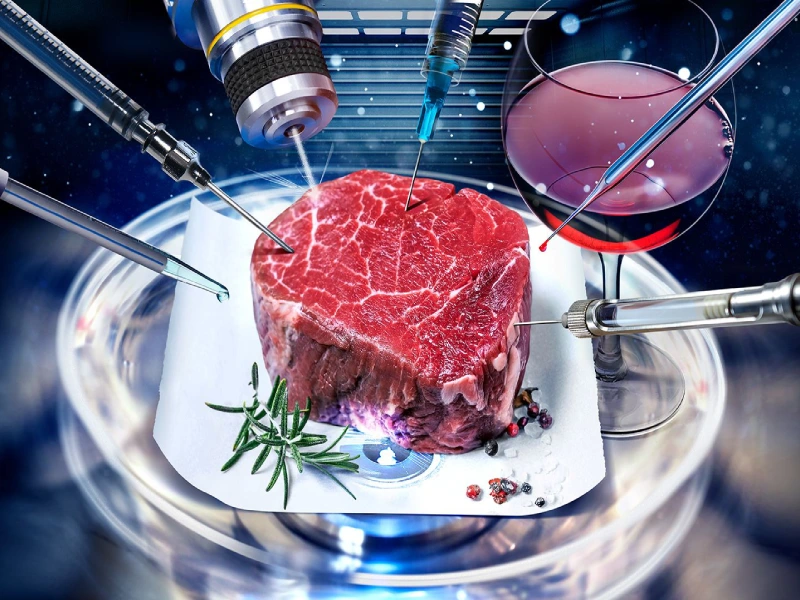Revolutionizing the Culinary Landscape: Exploring Modern Food Technology
Hello world!
July 3, 2023
Safeguarding Food Safety: Understanding Pesticide Residual Content and International Regulations
July 13, 2023Introduction
In today's fast-paced world, where time is of the essence and convenience is a top priority, the food industry has undergone a remarkable transformation. The emergence of modern food technology has revolutionized the way we grow, process, distribute, and consume food. From innovative farming techniques to advanced manufacturing processes, this blog will delve into the exciting realm of modern food technology and its impact on our lives.
Vertical Farming: Growing Food in the Skies
One of the most striking advancements in food technology is vertical farming. With the world's population steadily increasing and urban spaces becoming more congested, traditional farming methods face limitations in meeting the growing demand for fresh produce. Vertical farming tackles this challenge by utilizing stacked layers in vertically integrated structures to cultivate crops in controlled environments. By optimizing factors like light, temperature, and nutrient delivery, vertical farms can produce a significant quantity of food in a fraction of the space required by traditional farms. This sustainable approach reduces water usage, eliminates the need for pesticides, and enables year-round production, ultimately contributing to food security and reducing the carbon footprint of agriculture.
Precision Agriculture: Enhancing Efficiency and Sustainability
Precision agriculture leverages modern technologies such as satellite imagery, drones, and IoT devices to optimize farming practices. By analyzing real-time data on soil conditions, weather patterns, and crop health, farmers can make informed decisions regarding irrigation, fertilization, and pest management. This targeted approach minimizes resource wastage, reduces chemical inputs, and improves overall crop yield and quality. Furthermore, precision agriculture aids in the development of site-specific farming practices, enabling farmers to cater to the unique needs of each field, thereby maximizing efficiency and sustainability.
Clean Meat: The Future of Animal Protein
Clean meat, also known as cultured meat or lab-grown meat, presents a promising solution to the environmental and ethical challenges associated with traditional animal farming. This innovative technology involves growing real animal tissue from stem cells in a laboratory setting, eliminating the need for traditional livestock farming. Clean meat production has the potential to reduce greenhouse gas emissions, decrease land and water usage, and eliminate the ethical concerns related to animal welfare. As this technology continues to evolve, it holds the promise of providing a sustainable and cruelty-free source of animal protein for a growing global population.
3D Food Printing: The Art of Culinary Innovation
Imagine a world where food is not just prepared but intricately designed and printed using cutting-edge technology. 3D food printing is pushing the boundaries of culinary creativity, allowing chefs and food manufacturers to craft unique shapes, textures, and flavors. This technology combines edible ingredients with precise layering techniques, enabling the creation of customized dishes and personalized nutrition. 3D food printing has the potential to revolutionize the way we experience food, making it more visually appealing, nutritionally balanced, and accessible to people with dietary restrictions.
Conclusion
Modern food technology has emerged as a powerful force, reshaping the way we produce, process, and consume food. From sustainable farming practices to innovative manufacturing techniques, these advancements are driving efficiency, sustainability, and creativity in the culinary world. As we navigate the challenges of a growing global population and strive for a more sustainable future, embracing and exploring these modern food technologies will play a vital role in shaping our food systems. By leveraging the power of science, innovation, and collaboration, we can unlock new possibilities and ensure a brighter and more delicious future for generations to come.



